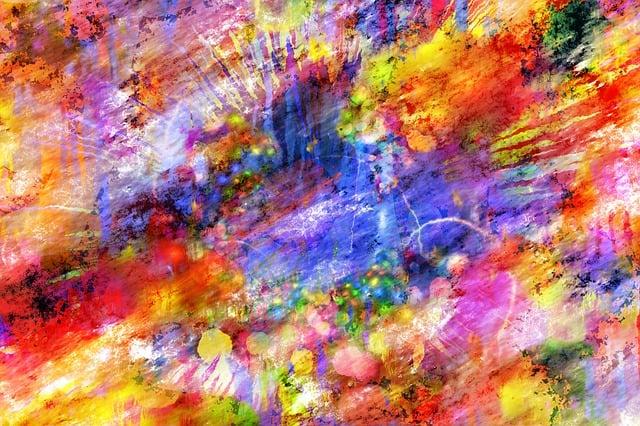The Influence of Art on Public Perception
Art is more than mere ornamentation; it profoundly influences public perception and can drive social change, affect emotions, and shape cultural narratives. From advertisements to political propaganda and community art initiatives, the impact of visual and performing arts cannot be understated. The following exploration dives into how art molds our understanding of the world around us.
Understanding Public Perception
Public perception refers to the collective viewpoint that a community holds about a particular subject, individual, or event. It plays a critical role in decision-making and behavior across various sectors. Here’s how art intersects with and influences this concept:
Emotional Impact
Art evokes emotions, fostering connections that can alter perceptions. For instance:
- Visual Art: Paintings and sculptures can evoke nostalgia or sorrow, shaping how we see historical events.
- Performing Arts: Theater and dance can profoundly stir public sentiment on social issues.
Cultural Representation
Art serves as a mirror to society, showcasing diverse experiences and allowing underrepresented voices to be heard.
Case Studies of Art Shaping Public Perception
Several notable instances show how art can influence public opinion and initiate change:
1. “The Thinking Woman’s Guide to a Good Marriage” by Judy Chicago
This installation challenged traditional gender roles and sparked discussions around feminism and equality.
2. The AIDS Memorial Quilt
Created in the 1980s, this quilt raised awareness around the AIDS epidemic and humanized the impact of the disease through storytelling, altering public perception around the illness.
Benefits of Recognizing Art’s Influence
Understanding art’s role in public perception offers myriad benefits:
- Social Change: Art can be a powerful tool for activism, encouraging shifts in public opinion on pressing issues.
- Branding and Marketing: Businesses can leverage art to connect with consumers on an emotional level and enhance brand image.
- Cultural Dialogue: Engaging with different art forms fosters discussions that promote inclusivity and understanding.
Practical Tips for Harnessing Art’s Influence
Organizations and individuals looking to utilize art to shape public perception can consider the following practical steps:
- Collaborate with Artists: Partner with local or digital artists to create campaigns related to specific social issues.
- Host Community Art Events: Facilitate workshops or exhibitions focused on community perspectives and concerns.
- Utilize Social Media: Share art that resonates with your target audience to spark conversation and engagement.
First-Hand Experience: Artists’ Perspectives
Many artists have witnessed the profound impact their work has had on public perception. Here are some reflections:
| Artist | Art Form | Impact on Public Perception |
|---|---|---|
| Banksy | Street Art | Challenged consumerism and social norms through provocative imagery. |
| Ai Weiwei | Installation | Highlighted human rights abuses, initiating dialogue on freedom of expression. |
Conclusion
Art is a powerful conduit for shaping public perception. It has the ability to evoke emotions, challenge societal norms, and foster cultural dialogue. As we continue to navigate complex social issues and changing cultural landscapes, recognizing and harnessing the influence of art can lead to meaningful change in how we view the world.
From activism to branding, art remains a pivotal tool for shaping perceptions. Embracing its role can empower individuals and communities to transform narratives and inspire action. The next time you encounter a piece of art, consider its potential impact on your understanding and perspective.



